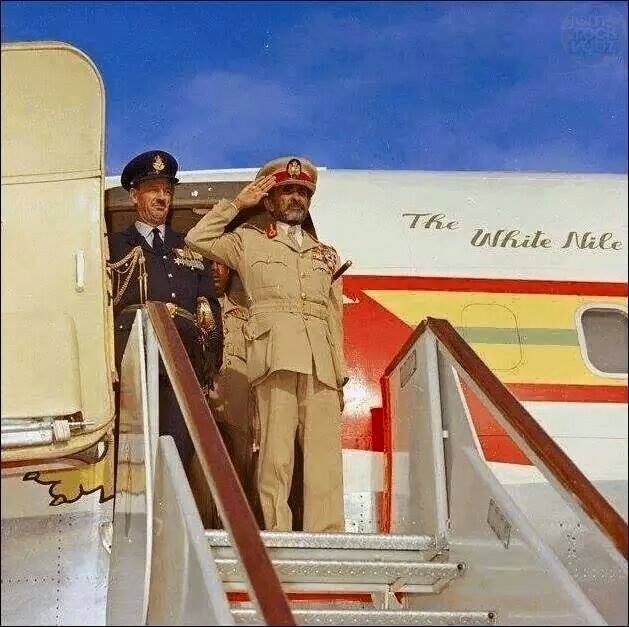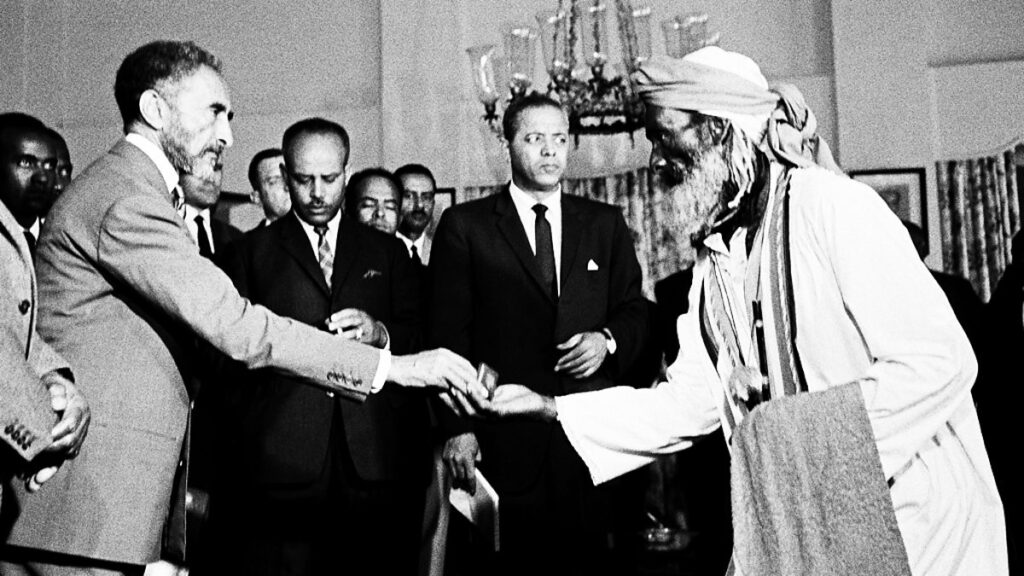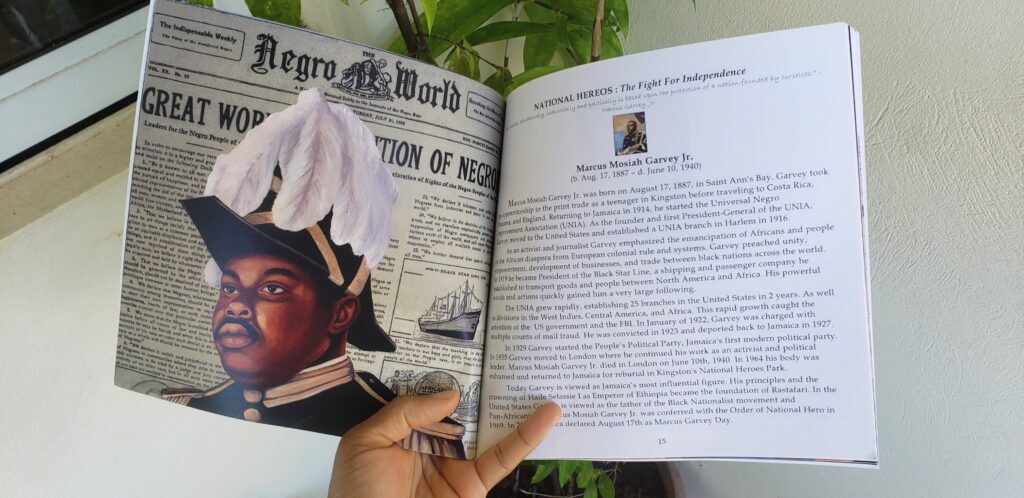
His Imperial Majesty by Painter Kavionart
In the rich tapestry of religious and cultural history, certain moments stand out as pivotal, shaping the beliefs and practices of communities for generations to come. One such moment is Grounation Day, a significant holy day observed by the Rastafari community, commemorating the historic visit of Emperor Haile Selassie I of Ethiopia to Jamaica on April 21, 1966. This day holds immense importance, second only to Coronation Day (November 2), in the Rastafari calendar, symbolizing the connection between Jamaica and Ethiopia, faith and liberation.

The anticipation leading up to Haile Selassie's arrival in Jamaica was palpable. Rastafari adherents, numbering around 100,000, from all corners of the island, converged at Palisadoes Airport in Kingston. For them, this was not merely a visit from a dignitary but the arrival of a divine figure, whom they revered as God incarnate. As the Ethiopian Airlines flight touched down at 1:30 pm, the atmosphere crackled with energy and excitement.

The scene at the airport was nothing short of extraordinary. The crowd, fueled by drumbeats, marijuana smoke, and fervent anticipation, surrounded the emperor's plane, eager to catch a glimpse of the man they considered their savior. Amidst the chaos and jubilation, Ras Mortimer Planno, a respected Rasta leader, played a crucial role in facilitating Selassie's descent from the aircraft, urging the crowd to maintain calm and order.

Haile Selassie's arrival defied expectations and conventional protocol. Rather than rebuking the Rastafari for their beliefs, he embraced them, presenting elders with gold medallions and acknowledging their faith with dignity and respect. This gesture marked a significant shift, granting Rastafari a newfound sense of legitimacy and acceptance in Jamaican society.

The impact of Haile Selassie's visit reverberated far beyond the shores of Jamaica. Rita Marley, wife of reggae icon Bob Marley, famously converted to Rastafari after witnessing the emperor's motorcade, attributing divine significance to the encounter. The visit also catalyzed the global spread of Rastafari culture, as reggae music gained commercial viability, carrying the message of faith and liberation to audiences worldwide.
But the significance of Grounation Day extends beyond the realm of religious observance. It embodies the intersection of faith, history, and cultural identity, weaving together the narratives of Jamaica and Ethiopia in a shared tapestry of resilience and spirituality. Haile Selassie's legacy continues to inspire generations, his words of wisdom and acts of compassion resonating with those who seek justice and equality.

The narratives surrounding Haile Selassie's visit offer insight into the complex interplay of faith and perception. While Rastafari view the event through a lens of divine intervention, Ethiopians interpret it within the context of their own historical and cultural traditions. These divergent perspectives highlight the nuanced nature of identity and belief, underscoring the importance of dialogue and understanding in bridging cultural divides.
As we reflect on Grounation Day and its significance, we are reminded of the power of collective memory and shared experience. Across continents and generations, the legacy of Haile Selassie's visit endures, a testament to the enduring bonds of faith and solidarity that unite humanity.
In conclusion, Grounation Day stands as a testament to the enduring legacy of Haile Selassie and the profound impact of his visit to Jamaica. It is a day of celebration and reflection, honoring the spiritual and cultural heritage of the Rastafari community while reaffirming the bonds of brotherhood and solidarity that transcend borders and differences. As we commemorate this historic occasion, let us embrace the teachings of unity, compassion, and justice embodied by Haile Selassie, inspiring us to strive for a world where all are treated with dignity and respect.
